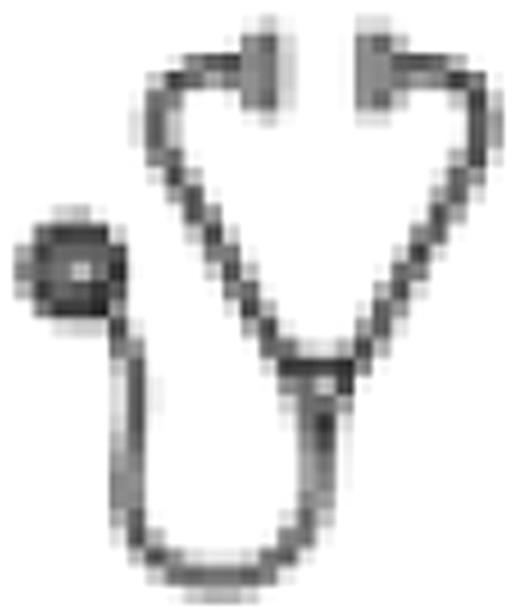Abstract
Abstract 39
Three randomized trials have previously reported a progression-free survival (PFS) advantage for patients receiving thalidomide (T) maintenance post ASCT in MM. Two trials reported an overall survival (OS) advantage but the largest trial reported shows no OS advantage and in very high risk MM the use of T was deleterious. Recent trial reports demonstrate a PFS but not yet an OS advantage for patients receiving maintenance lenalidomide. We report results of NCIC CTG MY.10 which compared treatment with T (200 mg daily) and prednisone (50 mg alternate days) (T/P) until progression versus observation alone when used as maintenance therapy following ASCT. Importantly, OS was the 1ry endpoint of this study, 2ry endpoints were PFS, quality of life (QoL), toxicity, and the incidence of venous thromboembolism events (VTE).
Patients with MM who had ASCT within 1 year of beginning initial treatment for their disease. Patients were randomized 60–100 days post ASCT and had no other medical condition precluding long term use of T/P.
332 patients were enrolled. Median age was 58 years and the arms were balanced. Patients were stratified by age (<60 or >60), and CR status post transplant. Median follow up is 4 years. Only 14% of patients were in CR post transplant. 111 patients died (50 versus 61 in T/P vs. observation). The median OS was 5 years for observation, and has not yet been reached for T/P, however T/P maintenance therapy did not significantly prolong OS: p = 0.18, HR of maintenance vs. observation 0.77 (95% CI 0.53–1.13). The 4 year survival rate was 68% for T/P and 60% for observation. Age and response to transplant had no significant association with OS (p=0.21), while higher disease stage was associated with shorter OS (p=0.03). The median PFS was 28 months for T/P versus 17 months for observation: p<0.0001, HR of T/P vs. observation 0.56 (95% CI 0.43 – 0.73). The 4 year PFS rate was 32% for T/P treated patients versus 14% for patients on observation. At relapse, treatment by arm (T/P vs observation) included lenalidomide (39 vs 34%), T (13 vs 22%) or bortezomib (50 versus 46%).
Non hematologic toxicities were seen in more patients with treatment (Grade 3: 92% T/P vs 49% observation, grade 4: 16% vs 7%). Common toxicities of all grades that were significantly higher in T/P treated patients included hyperglycemia, edema, hypertension, fatigue, Cushingoid appearance, constipation, mouth dryness, dyspepsia, anxiety, memory loss, sensory neuropathy, tremor, blurred vision, depressed consciousness, cataracts, dyspnea and bruising. 7% of patients on maintenance T/P developed a VTE in the absence of prophylaxis versus 0% on observation. NCIC CTG standardized response analysis was use to compare QoL data between the 2 treatment arms. Overall, patients on T/P had worse QoL specifically in physical (p=0.07), role (p=0.08), cognitive (p = 0.01) and global (p=0.06) domains, and worse symptoms with dyspnea (p = 0.0007), constipation (p<0.0001), thirst (p=0.003), swelling in leg (p=0.03), numbness (p=0.02), dry mouth (p<0.0001), and balance problems (p<0.0001). However, patients on T/P reported improvement in appetite (p 0.02), and sleep (p=0.04).
T/P maintenance did not improve overall survival, the primary objective of this trial, although a trend in favor of T/P was seen. In contrast, PFS was significantly improved in the T/P arm while toxicity was demonstrably increased and quality of life diminished.
Stewart:Millennium: Consultancy; Celgene: Honoraria. Trudel:Celgene: Honoraria. Bahlis:Celgene: Honoraria, Research Funding, Speakers Bureau. White:Celgene: Honoraria, Research Funding. Meyer:Celgene: Honoraria.

This icon denotes an abstract that is clinically relevant.
Author notes
Asterisk with author names denotes non-ASH members.

This feature is available to Subscribers Only
Sign In or Create an Account Close Modal